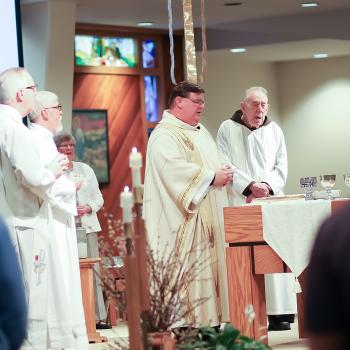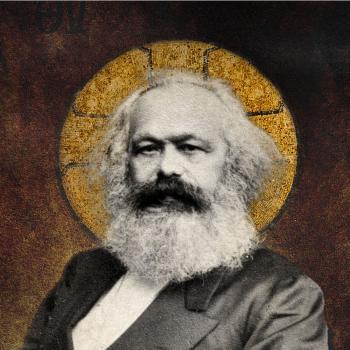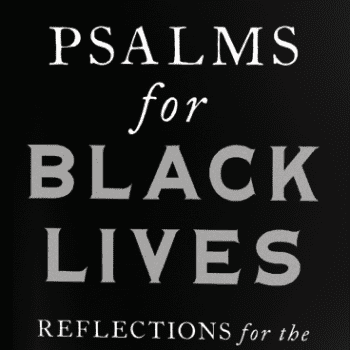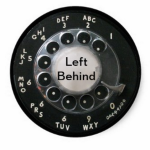 “Have you seen Eat, Pray, Love?” my friend Kathy, a fellow alto in our church choir, asked me before church this morning. She was referring to the movie adaptation of Elizabeth Gilbert’s 2006 bestselling travel memoir by the same name. The movie opened August 13, starring Julia Roberts.
“Have you seen Eat, Pray, Love?” my friend Kathy, a fellow alto in our church choir, asked me before church this morning. She was referring to the movie adaptation of Elizabeth Gilbert’s 2006 bestselling travel memoir by the same name. The movie opened August 13, starring Julia Roberts.
“No, but I read the book a couple of years ago when it came out and I’m going to see it this afternoon,” I answered. “How was the movie?” “Go see it first and we can talk after rehearsal tonight.” Kathy said.
So a few hours later, that Sunday afternoon I sat with my 26 year old daughter Rebecca at the 2:15 matinee showing of Eat, Pray, Love, at the Cinemark theater in Plano, Texas. There was not an empty seat in the house. Two thirds of the crowd was women and the rest were the men coerced into accompanying them. EPL is the true story of the spiritual quest of thirty something writer Elizabeth Gilbert in 2003. The plot synopsis is this: New York based writer Gilbert, unsatisfied in her marriage to Stephen, divorces him, gets involved with a younger man named David, leaves him behind, feels angst and boredom with life, and goes on a yearlong pilgrimage to Italy (to learn to enjoy eating and doing nothing), to India (to learn to pray) and to Bali (where she finds love).
My memories of the book had blurred with time. But I remember vague wisps of my response to it. I remember thinking that, while it had a self absorbed feel to it, it also offered a number of rather profound insights into the process of learning to forgive oneself and the dynamics of eastern meditation. I also remembered that my sister, who is roughly Gilbert’s age, (mid thirties) adored the book and that it was read by women’s book clubs all over the country. Women of a certain age fell in love with Gilbert’s account of her spiritual pilgrimage. Which is interesting, because the experience of pilgrimage is not something many of us 21st century Americans build into our lives.
A pilgrimage is a journey or search that has moral significance for the traveler. In religious contexts it is a journey to a shrine of importance to a person’s beliefs and faith. Pilgrimage is a common human experience, what some psychologists name as a Jungian archetype. Many religions recommend pilgrimages. Buddhists visit Bodh Gaya, the site of Buddha’s Enlightenment. Jews visit the Wailing Wall in the Old City of Jerusalem. Muslims visit Mecca. Hindus visit the Chardham, 4 holy pilgrimage destinations. Christians visit sites associated with the life, death and resurrection of Jesus. The Church fathers encouraged pilgrimages to the Holy Land as early as the fourth century. The 17th century Puritan religious classic The Pilgrim’s Progress (John Bunyan, 1678) depicted the interior pilgrimage of the Christian life as a trek through bucolic England, replete with allegorical scenes and situations.
Elizabeth Gilbert’s trek through Italy, India, and Indonesia recounted in the book is a spiritual quest. Rereading parts of the book after I saw the movie, I was impressed with the depth of its insights. Gilbert is modest in the claims she makes- this is her experience, not meant to be generalized for everyone. And yet there is something in her experience that transcends one woman’s travelogue. The book is worth reading and rereading as an account of a Westerner’s experience of eastern meditation. And her account of the peace and renewed joy she found in life and relationships can energize the Christian reader to place Gilbert’s insights in the context of our Christ-centered prayer practices. I’m thinking especially of her insight into the nature of God as love, the challenges of stilling the mind, the dynamics of meditation, the centrality of forgiveness, and the definition of faith and devotion (“diligence without assurance,” 175).
Rereading the book, I gained an appreciation for Gilbert’s talent for crafting one liners:
“I understand that the unexamined life is not worth living, but do you think I could someday have an unexamined lunch?”( 154)
“The Zen masters always say that you cannot see your reflection in running water, only in still water.” (171)
“Life, if you keep chasing it so hard, will drive you to death.” (155)
According to Gilbert, while the focus of her book was a spiritual quest, actress Julia Roberts changed the movie’s focus to a story of how difficult it is for someone to get over a broken heart.
And so the movie is less profound, and more personalized than the book. While the book was a wealthy white woman’s rather luxurious adventure, it still held some challenge to American upper middle class values. In the movie, this is more muted.
Says interviewer Will Blythe in his interview with Roberts in Elle magazine, “The movie, if not the book, echoes Jane Austen in suggesting that it is a truth universally acknowledge that a single girl in possession of spiritual wisdom and endless supplies of Neapolitan pizza must still be in want of a cute guy.”
After seeing the movie Sunday afternoon I went to choir practice that evening and sat next to Kathy. “How did you like the movie?” she asked me.
“I don’t think they depicted the reasons for her unhappiness with her first husband Stephen very well. She came off as cold hearted and self centered in leaving him and David (her younger lover played in the movie by James Franco). It seemed like it was all about her. Her first husband had a point when he asked her why she couldn’t find herself with him, why she had never expressed her unhappiness to him and the first he heard of it was when she left.”
“I agree,” replied Kathy, “Plus not everyone can afford to go away for year and have all those experiences. At the end I wondered to myself, what did she really learn?“
Maybe so many women related to the book because we all yearn to go on external, adventurous pilgrimages, but can’t all afford the time and expense. There is still ample opportunity, however, for internal pilgrimages, journeys from self absorption to turning our love outward toward the world. The greatest mystics of the Christian tradition have always insisted that genuine journeys of prayer don’t lead inward without leading outward, without resulting in a bigger heart for the world. In the words of Richard the Texan, “Groceries, (his pet name for the author) you have the capacity to someday love the whole world.” (149) We all do. And we don’t have to leave home to do it.
But a trip to the movie theater and a vicarious adventure now and then never hurt. I enjoyed the movie version of Eat, Pray, Love. And maybe Julia Roberts was right in shifting the movie’s emphasis from spiritual quest to saga of romantic healing. After all, she’s the mega watt movie star who knows what plays at the box office. As author Gilbert herself asked, “How long can you watch someone meditating?”
Advertisements often carry the caption “Don’t try this at home.” If seeing the movie version of EPL sparks our interest in reading or rereading the book, then we may find ourselves, not just watching Julie Roberts meditate in a Hindu ashram, but praying with more frequency ourselves. A spiritual pilgrimage is absolutely something we can try at home!
Alyce M. McKenzie is Professor of Homiletics at Perkins School of Theology.












